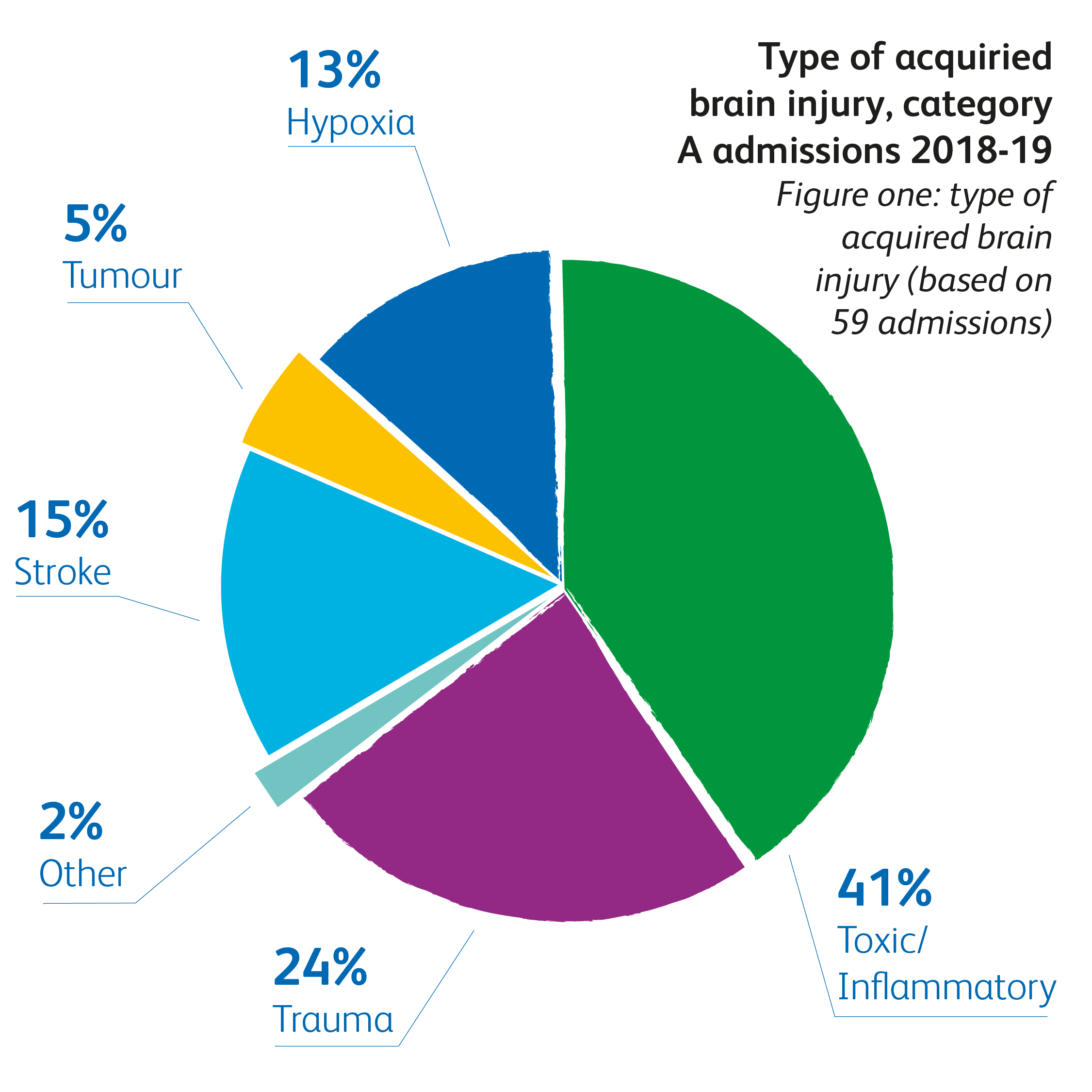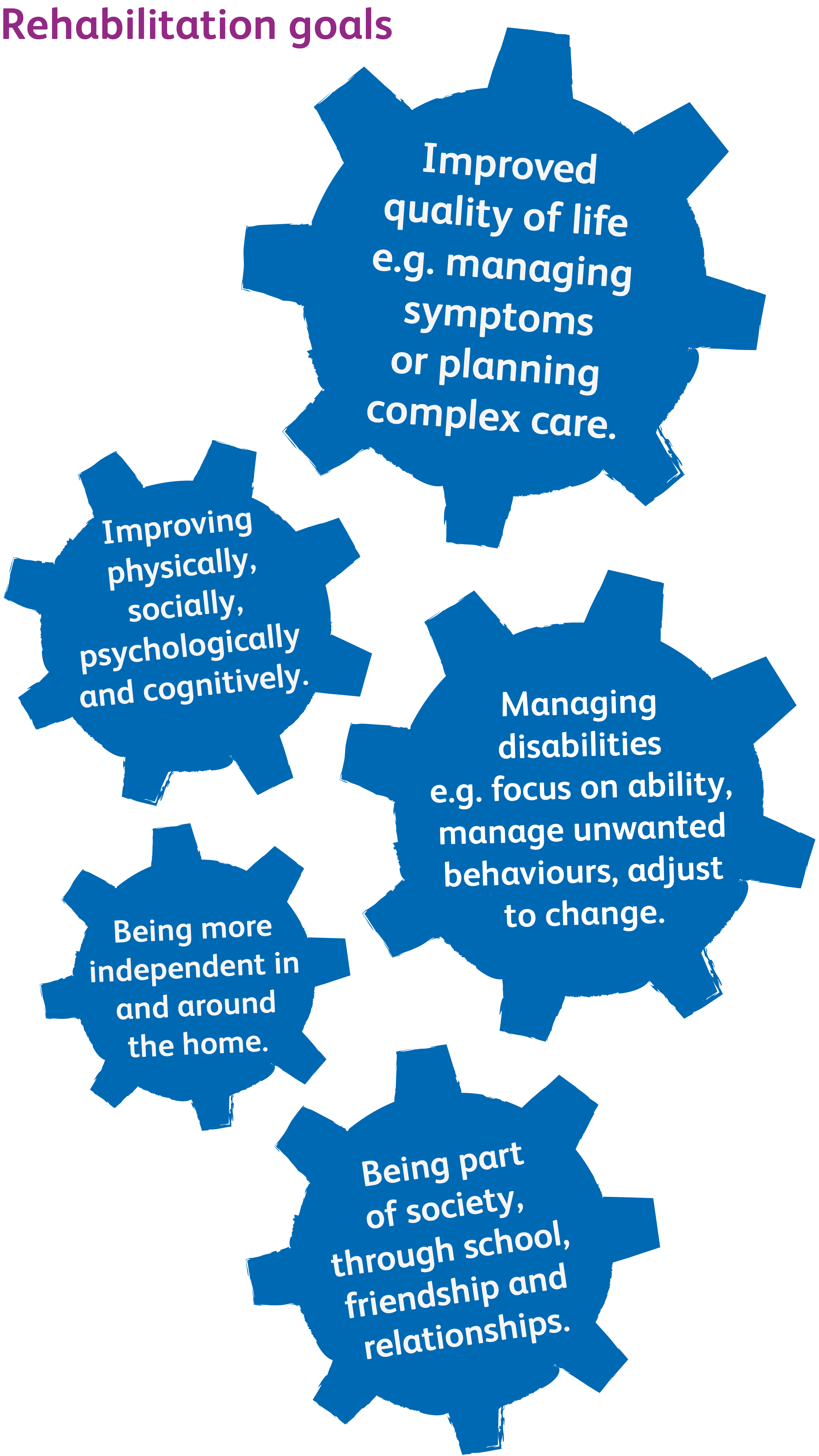These injuries can be caused by an inflammatory disease like encephalitis, or by an accident or fall, as you can see below. Though some children may be affected mildly or moderately, severe brain injury can be life-changing and children need to relearn everyday things, like eating, walking and talking.

Step 1 – referral
The Children’s Trust is recognised by the NHS, local healthcare trusts and councils as a specialist in rehabilitation for children who have the most complex needs following a brain injury.
When children are ready to leave hospital, they are referred to our national specialist centre, to benefit from our dedicated facilities and support. They come from all over the UK and have severe physical, cognitive and/or communicative disabilities and challenging behaviours . We welcome some children with moderate to severe needs too.
By working with our highly skilled teams, these children and young people have the opportunity to access therapy which enables them to relearn skills they have lost.
Step 2 – assessment and goal setting
We assess each child and talk to them and their family about the goals they want to achieve. You can see some of these in this cog diagram – as well as the physical things you might expect, there are personal ambitions too, which could be as simple as seeing friends or being able to make a cup of tea.

